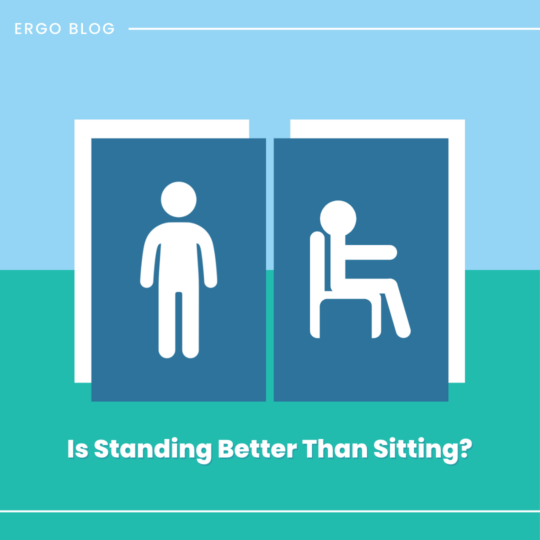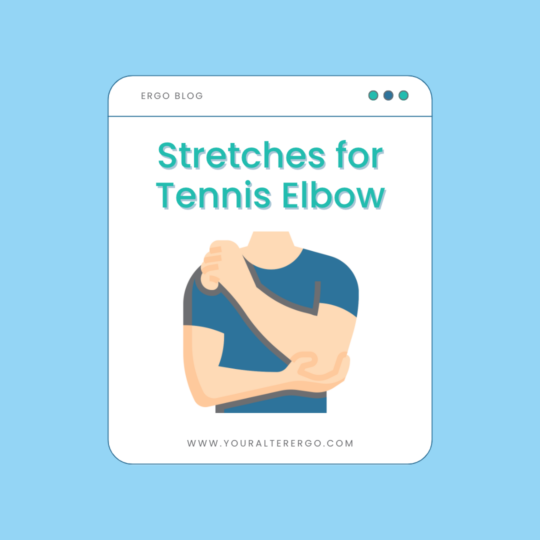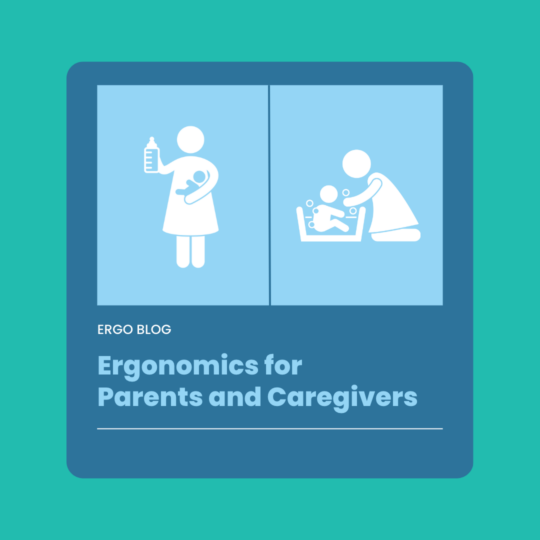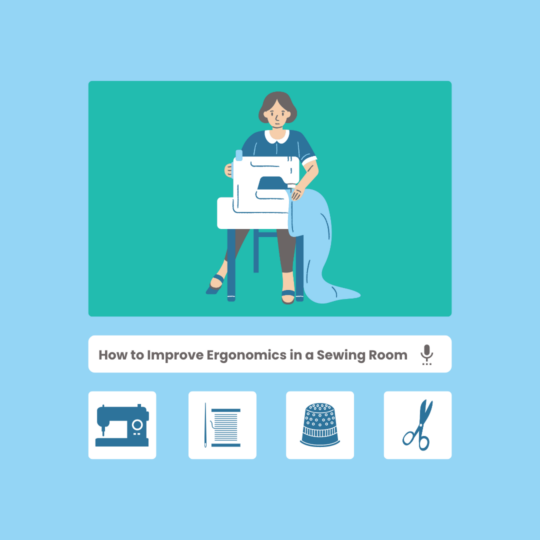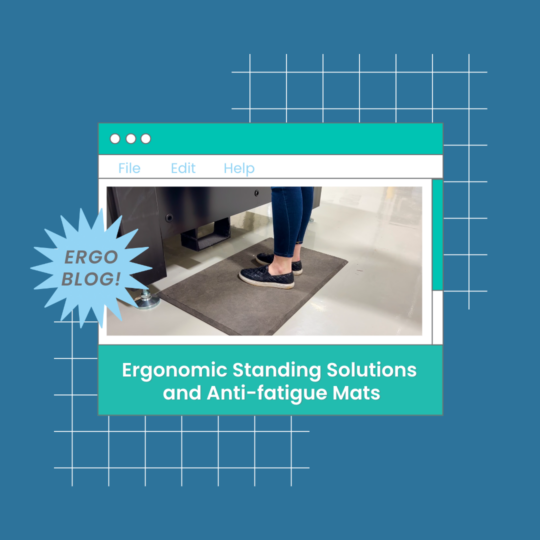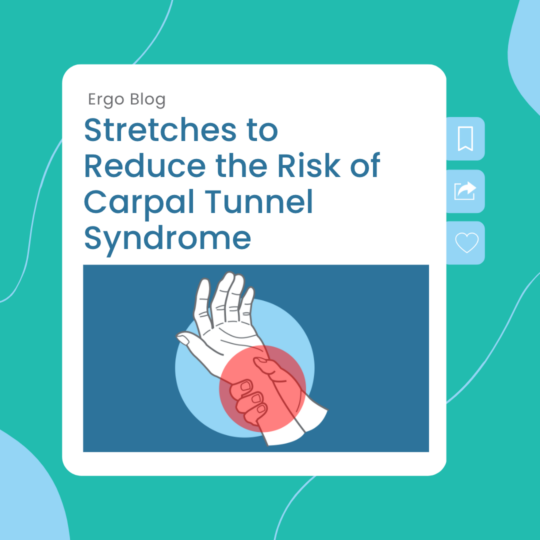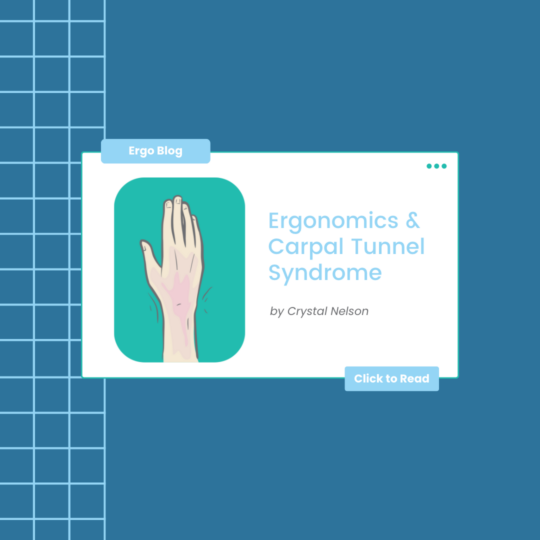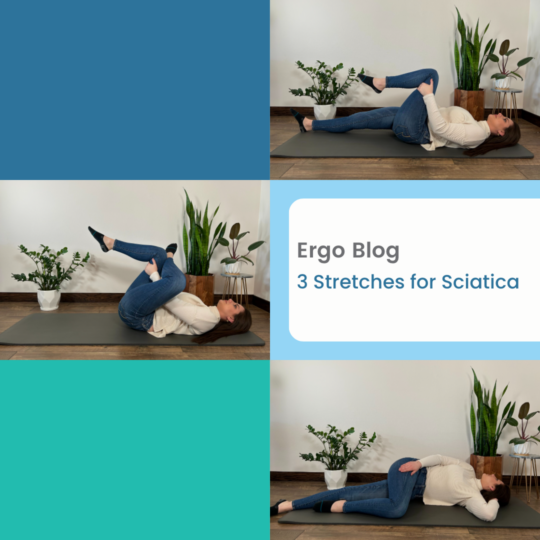With all the marketing campaigns and constant new ergonomic products, it is tough to quickly know this answer. After all, it wasn’t too long ago that the popular ad, “Sitting is the Smoking” was all the buzz. So, let’s break this down a little more. Anatomy For a long evolutionary history, humans have had…
Tennis elbow is a condition where the tendons in your elbow become inflamed and painful, oftentimes from repetitive motions of the wrist and arm. Other studies suggest that there isn’t an exact cause of tennis elbow. About 2% of the population have tennis elbow. The symptoms are most common in people between the ages of…
Chronic injuries to your muscular and skeletal system due to unsafe body mechanics and positioning or repetitive motions are considered musculoskeletal disorders (MSD’s). These types of disorders show up in the ergonomic world a fair amount of time. Our goal is to prevent these disorders from happening so you can live a happier and healthier…
Ergonomics affects all areas of life. From work to driving, to home, and even taking care of babies and children. Applying ergonomics to the role of parents and caregivers is one that is necessary to maintain overall health and well-being. Caring for babies and children can be incredibly rewarding. In the same sense, it can…
Have you ever felt pain while sewing? Has your neck felt uncomfortable from looking down at your sewing machine for too long? If so, you’re not alone. Luckily, there are some simple ways to reduce the strain on your body by improving ergonomics in your workspace. 1. Task Lighting The first step to creating…
Humans have been designed to walk on two legs. However, even with this design, it is not advantageous to stand still. We are basically trying to stay balanced in an upright posture and little muscle activity takes place. Once we start to lean forward or backward, our back and abdominal muscles engage. Standing for long…
Carpal Tunnel Syndrome (CTS) affects 1 to 3 people per 1,000 each year in the United States. More people in the age group of 40-60 years are affected by CTS compared to any other age group. It is also ten times more common in females compared to males. For more information about CTS, refer to…
Ergonomics came about in the twentieth century as a response to the design and operations problems that were happening with technological developments. The practice of ergonomics developed when scientists came together to solve complex problems. The main disciplines that helped ergonomics emerge were industrial engineering and occupational medicine. Ergonomics is drawn from five core sciences…
Carpal Tunnel Syndrome is a common neurological disorder that occurs when the median nerve, at our wrist, becomes pressed or squeezed. The median nerve runs from the forearm to the palm of the hand. Next to the median nerve are tendons that help to bend the fingers. Together the median nerve and tendons pass through…
There are several important items we can do from day to day to maintain our optimum health. To start with, this includes making healthy eating choices, getting a good night’s rest, and exercising. There are several types of exercise. This blog is focusing on stretching which is also a type of exercise. When you are…

